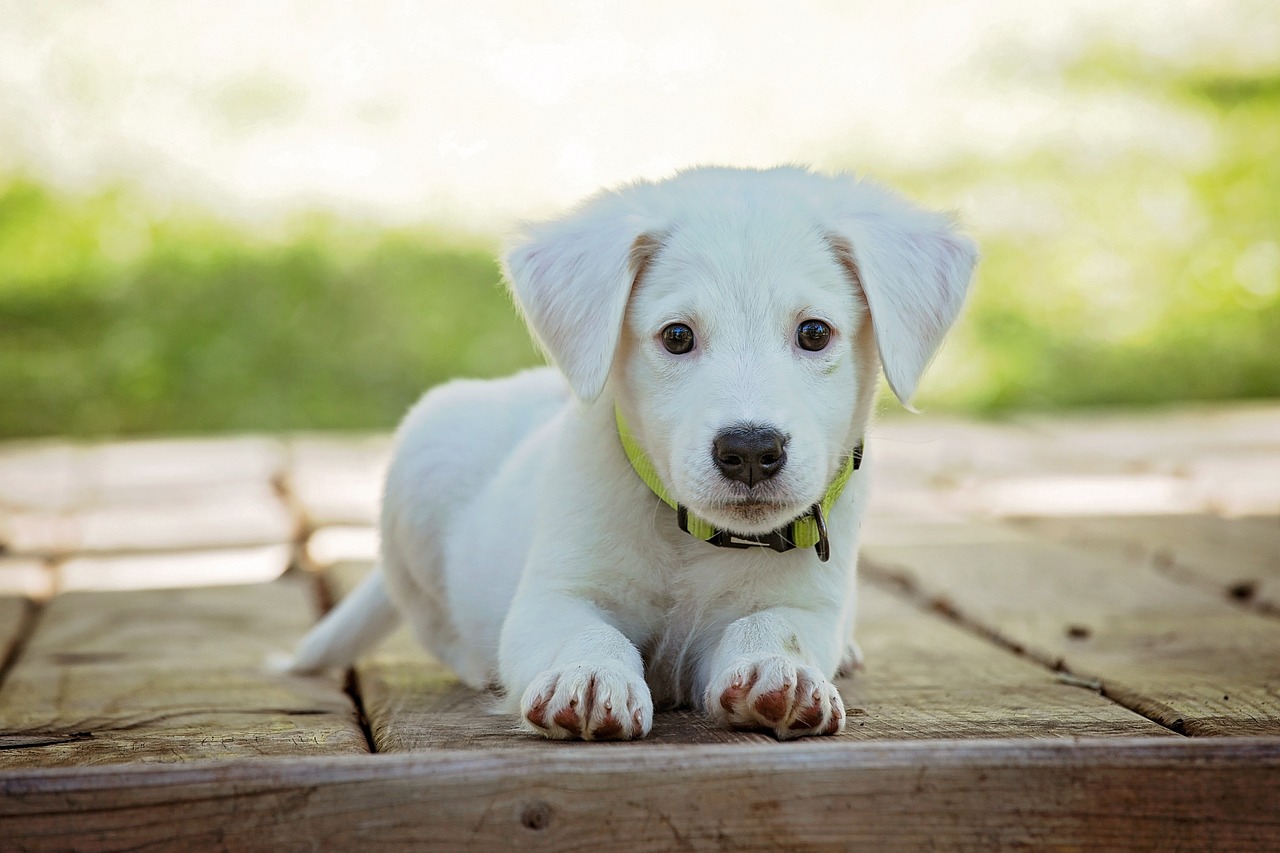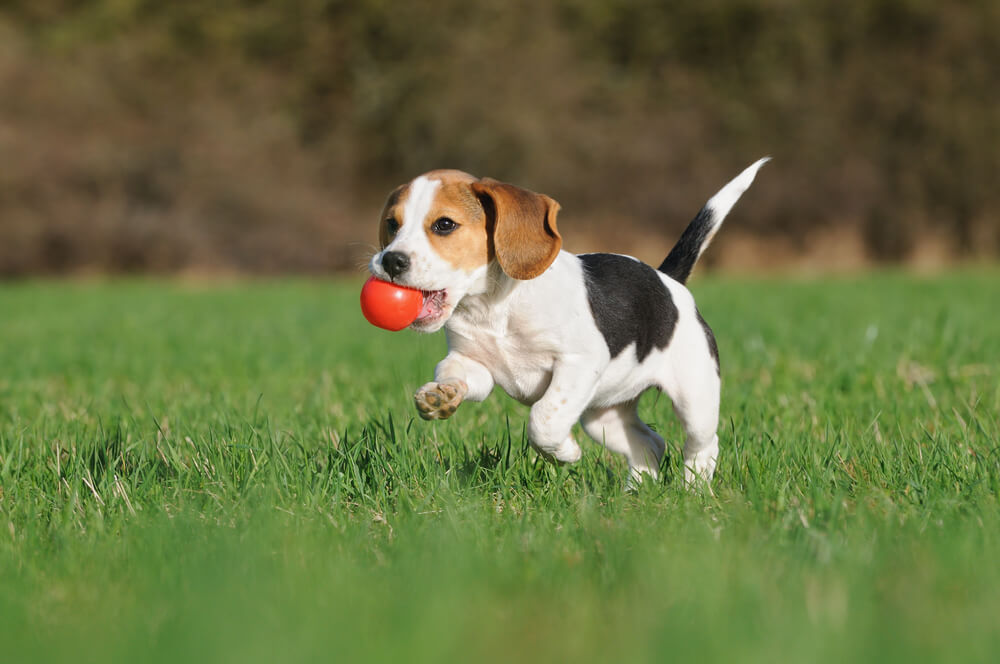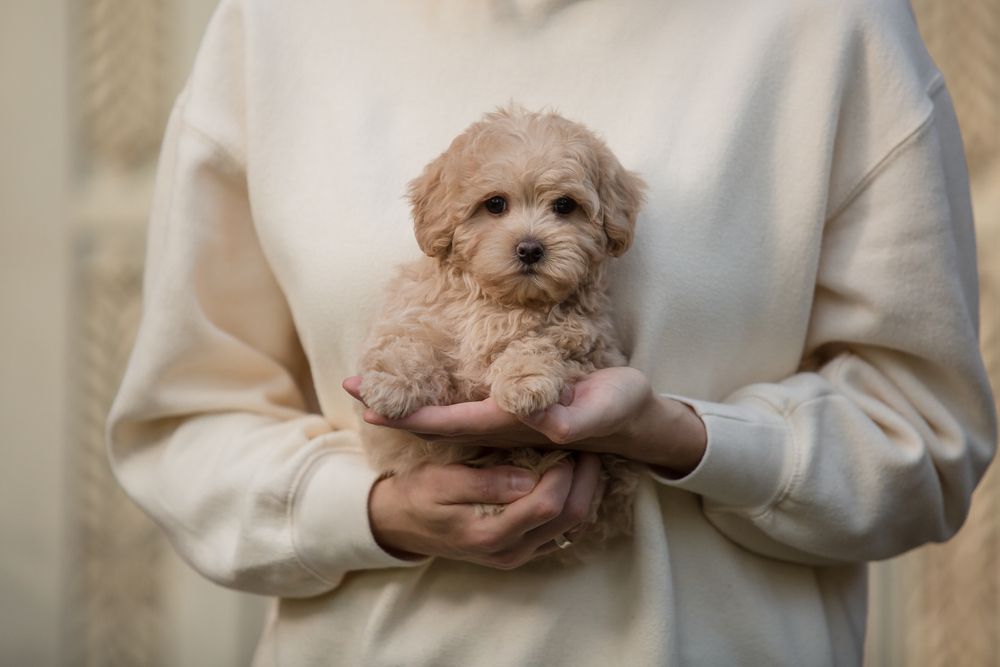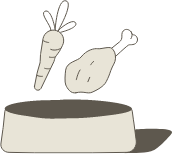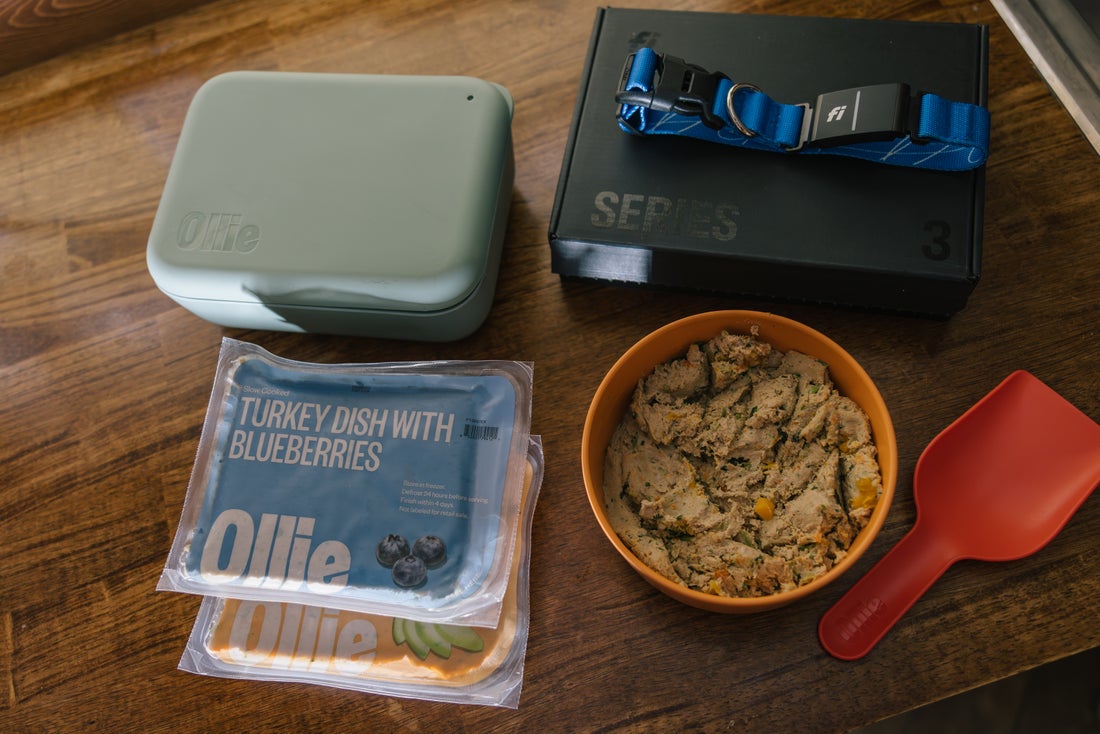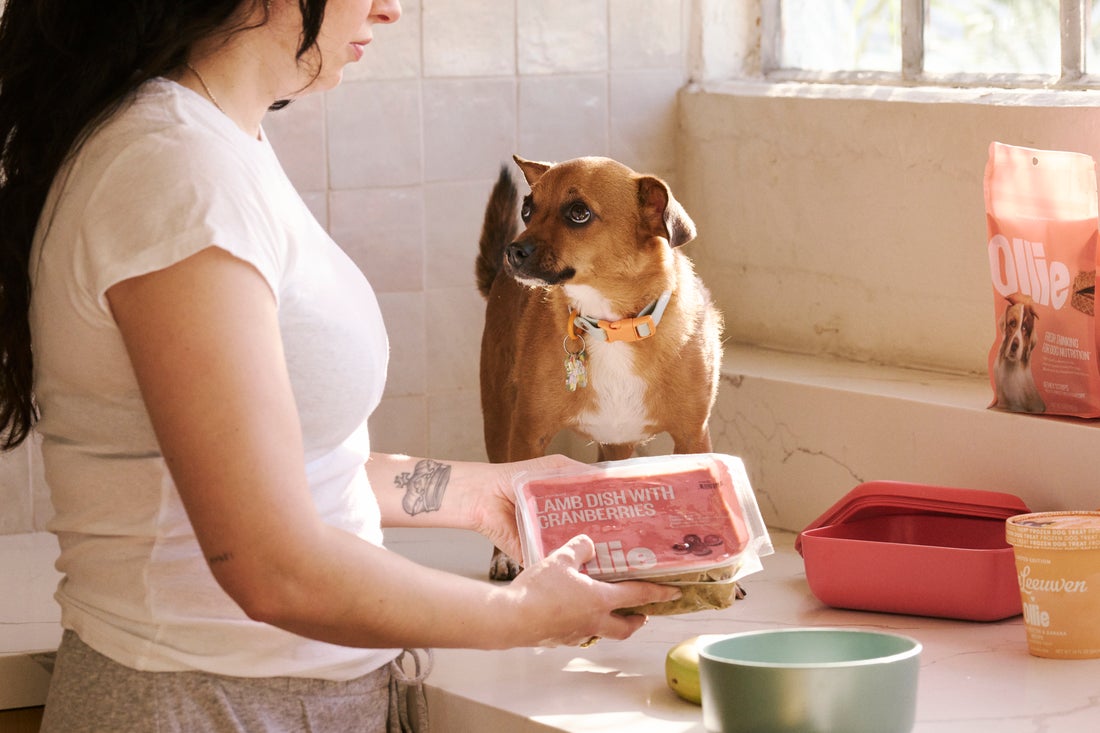Hey Ollie blog readers! We’re offering you an exclusive 60% OFF your starter box! Try now!
You’re out in the yard picking up after your dog, and suddenly—you spot something strange. White dog poop. It’s not just light brown. It’s pale. Chalky. Almost like it doesn’t belong to your dog at all. And now you’re wondering: Why is my dog’s poop white? Should I be worried?
It’s a question more dog parents ask than you might think.
Most of the time, dog poop is supposed to be a rich brown color, slightly firm but easy to pick up. That color comes from bile, a digestive fluid made by the liver. When something disrupts your dog’s digestion or bile flow, stool color can change. A one-time white poop might not mean anything serious. But if it keeps happening? That may be a sign your pup’s digestion could use a little support.
In this guide, we’ll break down what causes white or chalky dog poop, when it’s harmless, and when it’s a sign your dog’s body needs help. We’ll also cover how your dog’s diet can play a major role in stool color, and how meals like Ollie fresh, gently cooked recipes can support healthier digestion, naturally.
What Does Normal Dog Poop Look Like?
Before we get into what white dog poop means, let’s talk about what healthy dog poop should look like.
In general, normal dog poop is:
- Medium to dark brown
- Log-shaped and formed, but not rock-hard
- Moist but not sticky
- Easy to pick up, with no visible mucus, blood, or undigested food
That brown color isn’t random—it comes from bile, which helps digest fats and gives poop its typical shade. When something messes with that process, poop color can shift. You might see yellow, green, black, or in this case, white or chalky dog poop.
Some changes are temporary and harmless, especially if your dog is acting normal otherwise. But if the color change sticks around, or shows up with other signs like vomiting, weight loss, or fatigue, it’s time to dig deeper.
In the next section, we’ll walk through the most common reasons dogs end up with white or pale stools, and how to tell if it’s diet-related or something more serious.
Causes of White Dog Poop or Chalky Dog Poop
White or pale dog poop doesn’t just appear out of nowhere, it’s usually a sign that something has shifted in your dog’s body or diet. Here’s what could be behind it:
- Diet High in Calcium or Bones
If your dog’s meals include raw bones, bone meal, or high-calcium treats, it can lead to chalky, hard, white stools. This is common in raw-fed dogs and usually isn’t dangerous, but it can cause constipation if it goes on too long.
If your dog’s diet is heavy on bones or calcium supplements, consider cutting back or switching to a more balanced option. Ollie fresh dog food provides complete nutrition without excess minerals that could throw off digestion.
Too much calcium over time can also contribute to nutrient imbalance or skeletal issues, especially in puppies.
- Old or Sun-Bleached Poop
If you’re seeing white poop in the yard, check if it’s fresh. Stool that’s been sitting for a while can dry out and turn white from exposure to sun and air. If your dog is otherwise healthy, this might be more of a backyard cleanup issue than a healthy one.
Sun exposure can cause already brown poop to turn white over time. But poop that’s white the moment it’s passed may point to something else.
- Digestive Enzyme Deficiencies (EPI)
Exocrine pancreatic insufficiency (EPI) is a condition where your dog’s pancreas doesn’t produce enough enzymes to digest food properly. This can lead to pale, greasy, or white stools, often with weight loss and constant hunger.
- Liver or Gallbladder Issues
If bile isn’t being released into the intestines like it should, stool may lose its color. This can result in light gray or off-white poop, often with other symptoms like yellow gums, vomiting, or fatigue.
- Infections or Parasites
In rare cases, certain infections or internal parasites can alter how food is digested and cause changes in poop color.
- Medication Side Effects
Some meds (like prescription or OTC antacids or high-calcium supplements) can temporarily change the color or texture of your dog’s poop. If you notice changes after starting a new medication, ask your vet if it’s a known side effect.
Not all white poop is a red flag, but chronic or unusual stool color deserves a closer look, especially if your dog seems uncomfortable or off in other ways.
Signs That White Poop Is a Health Concern
A single white stool might be no big deal. But if your dog’s poop is white consistently, or if you’re noticing other symptoms, it’s time to dig deeper.
Here’s when white or pale poop could point to a real problem:
It’s Happening Regularly
If your dog has white or chalky poop more than once or twice a week, that’s not just coincidence, it’s a pattern. Keep an eye on how often it happens and what they’re eating.
Other Symptoms Show Up
Be alert if you see:
- Vomiting or diarrhea
- Lethargy or low energy
- Yellow gums, eyes, or skin (a sign of liver distress)
- Decreased appetite or weight loss
- A bloated or painful belly
These can point to issues with digestion, bile flow, or liver function, all of which may cause pale or discolored stools.
The Stool Is Greasy or Foul-Smelling
If the poop isn’t just white but also has a weird texture or smell—think greasy, loose, or mucousy, it could be tied to EPI (exocrine pancreatic insufficiency) or another malabsorption disorder.
Your Dog Is Acting “Off”
Changes in behavior, energy, or eating habits often go hand-in-hand with digestive issues. If something feels off, trust your instincts.
If any of these signs sound familiar, it’s time to loop in your vet. They can help figure out whether it’s a dietary issue or something more serious, and get your pup the care they need.
When to Call the Vet and What to Expect
If you’re seeing white dog poop more than once, or you’ve noticed other symptoms, don’t wait it out. A quick vet visit can rule out serious issues and get your dog back on track faster.
Here’s when it’s smart to call your vet:
- The poop is white or pale for more than two days in a row
- Your dog is showing signs of pain, bloating, or discomfort
- You notice changes in energy, appetite, or weight
- Vomiting, diarrhea, or yellowing of the skin/gums appear
What Your Vet May Do
Your vet will start by asking questions about your dog’s recent diet, medications, and behavior. From there, they may recommend:
- Physical exam: checking for tenderness, bloating, or jaundice
- Bloodwork: to look at liver, gallbladder, and pancreas function
- Fecal test: to rule out parasites or infections
- Ultrasound or x-rays: if they suspect bile duct obstruction or organ changes
- Pancreatic enzyme tests: to screen for EPI
In many cases, the solution is simple, like changing your dog’s food or cutting back on calcium-heavy treats. If a more serious condition is diagnosed, early treatment gives your dog the best shot at recovery.
A diet that’s gentle on the digestive system, like Ollie fresh, highly digestible meals, can help ease symptoms and support gut health, especially in sensitive pups.
Treatment & Management of White Dog Poop
How you treat white or chalky dog poop depends entirely on what’s causing it. Sometimes, it’s as easy as adjusting your dog’s diet. Other times, it may take medication or a more involved plan from your vet.
Here are the most common treatment approaches:
1. Adjusting Your Dog’s Diet
If excess calcium is to blame, often from bones or supplements, your vet may recommend cutting back or switching to a more balanced food plan. This alone can normalize poop color and texture.
Fresh, vet-formulated meals like Ollie are easy to digest and free from common irritants. With real animal protein, gentle vegetables, and no artificial fillers, they help reduce digestive stress, so your dog’s poop looks and smells a lot more normal.
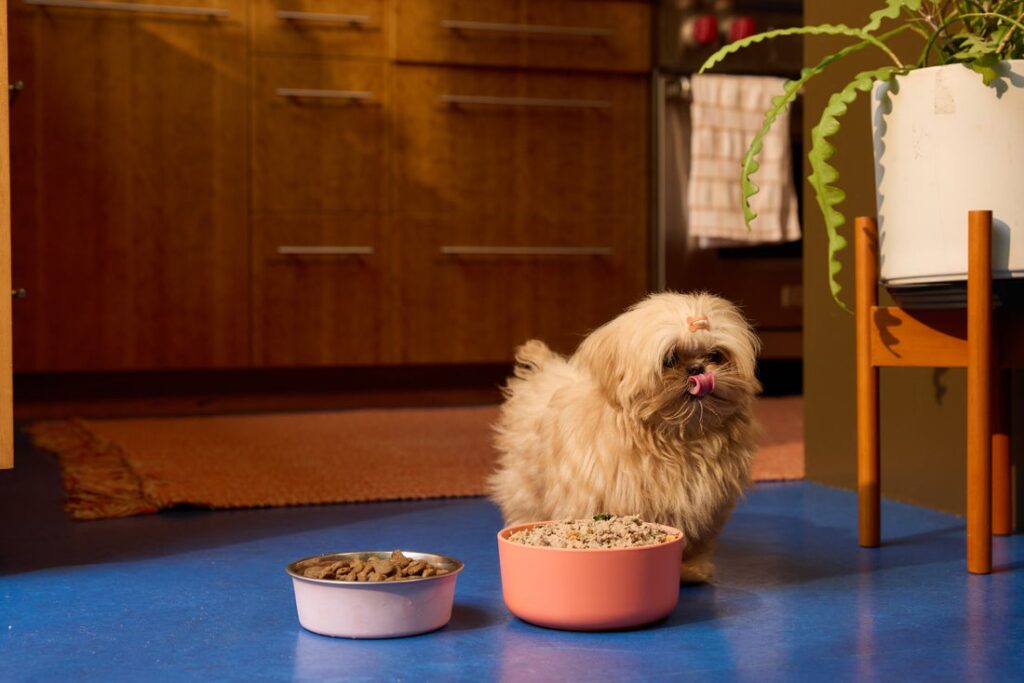
2. Enzyme Supplements
For dogs with exocrine pancreatic insufficiency (EPI) or malabsorption, your vet may prescribe pancreatic enzymes. These supplements help your dog digest fats and proteins properly, which usually brings stool color back to normal.
3. Discontinuing Problematic Treats or Medications
Some supplements, like antacids or calcium chews, can throw off digestion and affect poop color. If your dog’s been on any of these, your vet might recommend a break or switch.
4. Treating Infections or Parasites
If a stool sample turns up an infection or parasites, your dog may need antibiotics, antiparasitics, or probiotics to help reset their gut flora. This should only be treated under veterinary guidance. Your vet will be able to diagnose and guide your through the proper treatment.
5. Managing Chronic Conditions
If your dog’s poop issues are tied to liver disease, gallbladder trouble, or inflammation, your vet may recommend medication alongside a special diet to reduce symptoms and manage the condition long-term.
No matter the diagnosis, feeding your dog a consistent, digestible, high-quality diet is one of the best ways to keep their digestive system, and their poop, healthy. That’s where Ollie comes in.
Safe Home Care & Prevention Tips
Once your dog’s stool is back to normal, you’ll want to keep it that way. Prevention often starts with what’s in the bowl, and how you manage their routine.
Here’s how to support better digestion and prevent white or chalky dog poop from coming back:
1. Skip the Bones and High-Calcium Treats
Bones may seem like a natural snack, but too many can lead to white, hard stools and constipation. Stick to vet-approved treats with balanced mineral content.
2. Stick to a Consistent Diet
Avoid frequent food changes or overfeeding rich ingredients. Dogs thrive on routine, especially when it comes to digestion. Ollie fresh meals offer that consistency while giving your dog the nutrients they need, minus the fillers that disrupt gut health.
3. Watch for Sneaky Supplements
Calcium or mineral supplements can throw off digestion if not medically necessary. Always talk to your vet before adding anything new.
4. Keep Tabs on Poop Changes
Yes, poop patrol isn’t glamorous, but it’s one of the best ways to spot changes early. Make note of color, consistency, and frequency.
5. Stay on Top of Preventive Vet Care
Regular checkups, deworming, and routine bloodwork help catch health issues before they affect digestion or stool quality.
Helping your dog poop normally isn’t just about avoiding yard surprises, it’s about keeping their whole system in balance. And that starts with what they eat every day.
Why Doesn’t Dog Poop Turn White Like It Used To?
If you grew up in the ’80s or ’90s, you might remember seeing white dog poop more often. That’s because many commercial dog foods back then were packed with high levels of bone meal and calcium, which weren’t always balanced with the rest of the diet. When dogs ate those foods, their poop often dried out and turned chalky white in the yard.
Today, better nutrition standards and more balanced formulas, especially in fresh food options like Ollie, mean dog diets contain fewer excessive minerals. That’s why white poop is less common now than it used to be.
FAQs About White Poop in Dogs
Is white dog poop always a sign of illness?
Not always. If your dog recently ate something high in calcium, like raw bones or mineral-rich treats, white poop could be the result. But if it keeps happening or your dog seems unwell, a vet check is smart.
Why does my dog’s poop turn white when it dries?
Poop left in the yard dries out and may lose its original color due to sun exposure. That’s different from fresh white or chalky poop, which usually points to a diet or digestive issue.
Can white poop happen from switching foods?
Yes, especially if the new food is high in minerals or low in digestibility. If you recently made a diet change and noticed your dog’s poop is white, review the ingredient list or transition more slowly.
Is white poop in puppies a cause for concern?
It can be. Puppies are more sensitive to digestive changes. If your puppy has pale or white poop, especially with vomiting, diarrhea, or poor appetite, call your vet.
What should I feed a dog with sensitive digestion?
Stick to meals made with whole, recognizable ingredients and no unnecessary fillers. Ollie fresh food is designed to support digestion with real animal proteins, fiber-rich vegetables, and zero artificial additives.
Tagged As:
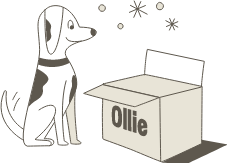
The nutrition your dog needs,
the food they want.

Enjoying our articles? Subscribe our Newsletters and get new articles directly to your inbox
You might also like
18 September 2025
4 MINS READ
Is Fresh Dog Food Easier to Digest?
Yes, fresh dog food is generally easier for dogs to digest than highly processed kibble. Because it’s made with whole ingredients, gently cooked, and free from unnecessary fillers, fresh food supp…
by Ollie Pets
18 September 2025
5 MINS READ
Can I Rotate Fresh Dog Food Flavors?
Yes, it’s safe to rotate fresh dog food flavors, and many dogs actually benefit from the variety. At Ollie, we offer multiple fresh recipes, like Beef, Chicken, Turkey, Lamb, and Pork so you can…
by Ollie Pets
18 September 2025
5 MINS READ
Is Fresh Dog Food Safe During Power Outages?
Fresh dog food is only safe during a power outage if it has stayed cold, specifically, below 40°F. Once the temperature rises above that point, bacteria can start to grow, and the food may no lon…
by Ollie Pets
